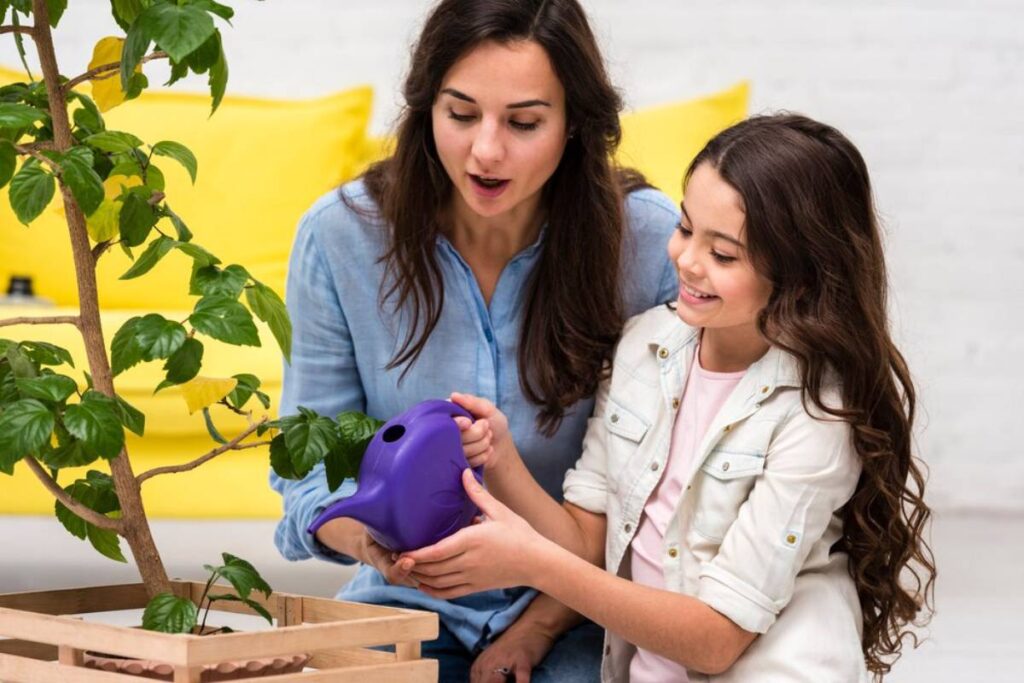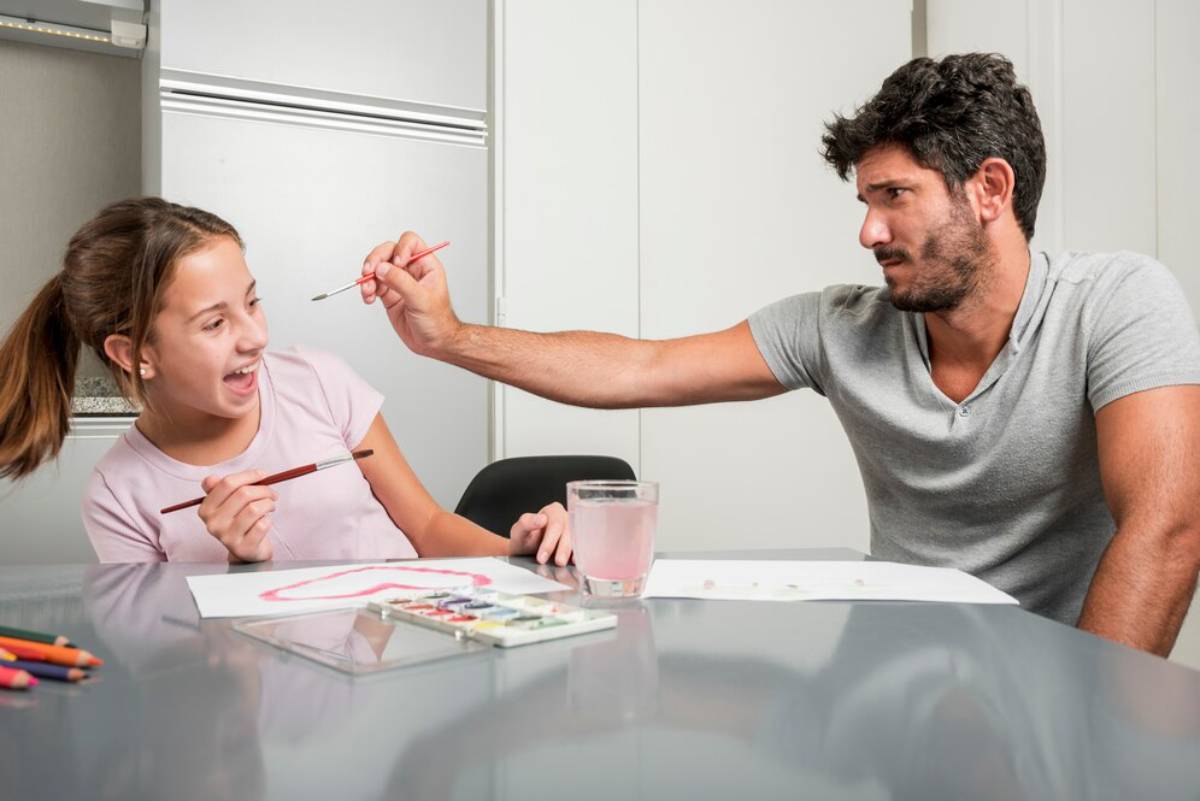The Parenting & Family Blog

Teaching Responsibility and Independence to Young Kids
Parenting is one of the most rewarding yet challenging experiences of our lives. One key task for parents is teaching their kids to be responsible and independent. These skills are key to success in childhood and adulthood. They help children grow into confident, self-sufficient, and resilient individuals. But where should parents start, and what methods work best? This blog post will discuss why teaching responsibility and independence to young kids matters. We’ll share practical advice, expert insights, and helpful strategies you can use in daily life. No matter if you have toddlers, preschoolers, or young kids, these methods can help build important life skills in your children. By the end of this post, you will understand how to help your child become responsible and independent in life.
Understanding the Importance of Responsibility and Independence
Before we explore ways to teach responsibility and independence, let’s look at why these values matter.
Responsibility helps children see that their actions lead to consequences, both good and bad. When kids take responsibility for themselves and their actions, they feel proud. This ownership helps them value their accomplishments. These feelings contribute to a child’s self-worth and belief in their ability to make decisions and succeed. In turn, this leads to better decision-making and problem-solving skills as they grow older.
Meanwhile, independence allows children to develop self-reliance. This doesn’t mean they have to do everything alone. It’s about building the confidence to finish tasks without needing help all the time. Independent children often show higher levels of creativity, resilience, and adaptability. These qualities are invaluable as they transition into adulthood.
Responsibility and independence are also closely linked to emotional intelligence. Independent kids can handle their emotions better. They take charge of their feelings and reactions. Over time, this helps them build social skills and empathy. It also helps them handle complex social situations. These skills are key in adult relationships, careers, and family life.
Age-Appropriate Ways to Encourage Responsibility
Kids of different ages can handle different responsibilities. It’s important to match tasks to their development stage. Here are some age-appropriate methods for encouraging responsibility:
Toddlers (Ages 2-3)
At this age, children are just beginning to develop a sense of autonomy. While they may not fully understand the concept of responsibility, there are small ways to introduce the idea.
- Simple chores: Toddlers can learn to put away their toys. They can also help with easy tasks, like wiping surfaces with a cloth.
- Personal tasks: Encourage toddlers to dress themselves, put their shoes on, or help with feeding their pets. These small responsibilities can make them feel like active contributors to the household.
- Routine-building: Toddlers do well with routines. Daily tasks, like feeding pets or putting dirty clothes in the laundry basket, teach kids responsibility.
Preschoolers (Ages 3-5)
Preschoolers are learning about helping others. They begin to see how they can contribute to family life. This is a critical time to nurture responsibility and independence.
- Self-care skills: At this age, kids should learn to brush their teeth, wash their hands, and dress themselves with little help.
- Simple chores: These are great for teaching responsibility. Tasks such as setting the table, folding towels, and helping with simple meals work well. Give them one or two tasks they can do regularly to feel a sense of contribution.
- Taking ownership of belongings: Encourage kids to care for their things. This includes putting away toys, cleaning up after meals, and managing school supplies.
Early School Age (Ages 5-7)
When children start school, they are ready for more structure. They can take on tasks that need greater independence.
- School responsibilities: Giving kids small tasks like packing their backpacks or organising homework helps them build responsibility for their education.
- Daily chores: Children can help with tasks like making their bed, watering plants, taking out the trash, and vacuuming small areas. By adding these responsibilities, they learn to manage their time and contribute to the household.
- Encouraging decision-making: Let children make simple choices, like picking their clothes, choosing a snack, or deciding what to do after school. This fosters independence and encourages them to think critically.
Practical Parenting Methods for Teaching Responsibility
Many effective parenting methods can help young children become responsible and independent. The key is consistency, patience, and offering guidance while allowing them space to grow.

Positive Reinforcement
Positive reinforcement plays a significant role in teaching responsibility. When you praise children for finishing tasks or sticking to commitments, it helps their self-esteem. This encouragement makes them want to keep being responsible.
- Praise effort, not just results: Instead of only praising the end result, acknowledge the effort and hard work involved. For example, saying, “I’m proud of you for putting your toys away all by yourself,” reinforces the process, not just the outcome.
- Create a reward system: For older children, a reward system can encourage responsibility. Stickers, tokens, and extra screen time can encourage kids to finish chores and take on more tasks.
Set Clear Expectations
Children thrive when they understand what is expected of them. Make sure to clearly outline what tasks they are responsible for and what your expectations are.
- Use visual aids: For younger children, visual reminders like charts or checklists can help them remember their tasks. A morning routine chart helps kids follow their daily tasks. It makes sure they finish their responsibilities and don’t forget anything.
- Be consistent: Consistency is key when teaching responsibility. Ensure that children know what is expected of them each day and maintain the same standards, so they know what’s required in various situations.
Allow Natural Consequences
A great way to teach responsibility is to let kids face the natural results of their actions. If they forget to pack their school bag, they may have to face the consequences of not having their homework or lunch. By experiencing these consequences, they learn to be more mindful in the future.
- Avoid rescuing: It can be tempting to step in when your child is struggling. Allowing them to experience the natural outcome of their actions will teach valuable lessons.
- Teach problem-solving: If they make a mistake, guide them through the process of solving it. For example, if they forget to clean up their toys, you could say, “What do you think we can do now to make sure the toys are put away?”

The Role of Parental Modelling
Children learn by observing their parents. So, one of the best ways to teach responsibility and independence is to model these behaviours yourself.
Demonstrate Responsibility
As a parent, show your child what responsibility looks like. Children learn important lessons by watching you manage work-life balance, meet commitments, and handle chores.
- Be organised: Teach your child to value organisation. Keep a tidy space, stick to a routine, and manage time well.
- Own your mistakes: Show your child that making mistakes is a part of life. When you slip up, model responsibility by owning your mistakes and discussing how to fix them. This will teach them how to handle setbacks in a healthy, constructive way.
Foster Independence
Encouraging independence means letting kids make choices and do tasks by themselves. The more you encourage them to do things independently, the more self-assured they will become.
- Offer choices: Give your child the freedom to make decisions. For example, offer them a choice between two different outfits or two snacks. This builds their decision-making skills.
- Encourage problem-solving: Instead of giving answers, help your child find their own solutions. This strengthens their ability to think critically and independently.
Conclusion: Empowering Young Minds Through Responsibility
Teaching responsibility and independence to young children is one of the most valuable gifts you can give them. It builds a base for their future success. It helps them gain key life skills, resilience, and confidence. Use age-appropriate methods, give steady guidance, and model responsible behaviour. This way, your child will grow up self-sufficient, confident, and accountable. While the journey may require patience and consistency, the long-term benefits are undeniable. Start today, and watch your child thrive as they learn to navigate the world with responsibility and independence.
What strategies have worked for you when teaching your child responsibility and independence? Share your tips and experiences in the comments below! Let’s continue the conversation and learn from each other’s parenting journeys.









